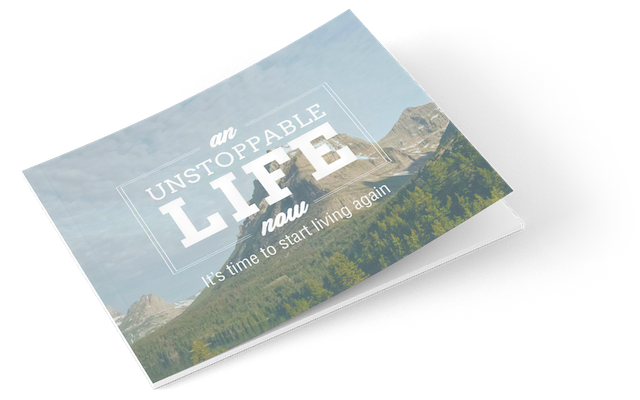How to give voice to your ideas.
 Photo by Katie Treadway on Unsplash
Photo by Katie Treadway on Unsplash
If you are female and older than 25, you probably grew up with a set of “rules” for engaging in professional conversations that taught you to limit how you present your ideas.
Follow with me for a sec… you probably know this next part..
Those of us from older generations have come to recognise that we were taught to be constrained. Very, very constrained. It was, and still is, difficult. When we’re confident, we’re told that we’re “strident and pushy”. So we develop these much narrower ways of presenting ourselves and our ideas.
I think of it as a kind of mental pedestrian walkway over a freeway. We have this very, very tight pedestrian walkway that we’re told we need to stay in. That has shifted a bit. This is why I say if you’re 20, or 25, you grew up with a somewhat different set of rules. But we older generations didn’t so… yeah, this is difficult.
Let’s talk about how this creates a whole different strategy for us when we step into conversations at work.
How do we approach inviting others into conversation, collaboration or engagement, without it sounding like you are asking for permission?
Here’s a simple solution:
When we start by asking, “what do you think?”, “How does that sound?” Or, “Does anyone see a problem with this?”, we place ourselves in the passive voice. It’s like continually butting up against an internal game of “Mother, May I?”
For some of us this is so ingrained it can be difficult to figure out how not to start our bid for collaboration with a passive-voiced question.
This is a life or death situation- it’s the life or death of your soul. When we don’t speak up, it’s our heart, soul & passion, dying a slow death.
It can be soul-crushing for us, and for those around us…
Here’s why:
When we hold back from speaking in the active voice, it limits who we are in the world. When we limit who we are in the world, we expect everyone else to limit who they are.
When we step into who we really are by authentically giving voice to that, whether it’s literally our voice, whether it’s through writing, or whether it’s simply through our presence, physical presence in the world or in the room; we invite that from others.
When we show up in our full authenticity, with all our passion, and all of our truth, and honesty. We raise the level of whatever we’re involved with. Because we also bring along vulnerability, humility and humanity.
When we show up in our active voice, inviting people into collaboration, engagement and connection by the words we use, we invite those same qualities forward from everybody else. And when those things come into the room together, there is a measure of respect for all.
A solution:
Instead of saying, “what do you think?”, “How does that sound?” Or, “Does anyone see a problem with this?”, start with the active voice by offering an idea, a suggestion, a curiosity, some excitement.
Show your stake in the conversation by starting with one of the following invitational phrases, rather than an “asking phrase” that won’t undercut your own strengths and abilities:
- “I’d like to know your thoughts on…”
- “I’m interested to hear what you think about…”
- “I think it’s important that we come to a consensus on… how can we make that happen?”
There’s a balance between allowing our vulnerability as a human to show up and still remaining in the active voice.
Notice that none of the statements in the invitational phrases begins with a question. They all start with “I statements”, or they start with an idea we wanted to put forward. That’s active voice.
You can’t invite somebody to something passively. Because it either sounds false- Like, “Hey, maybe would you consider, possibly going to the prom with me?”
The other person is gonna be like, “hell no, you don’t even sound like you really want me to come”. Or that you’re too nervous to really ask me, so I’ll probably have a terrible time, so no…just no”. But if somebody comes up and says, “I’d really love for you to go to prom with me”. Even if I don’t like you, I might consider it.
That’s the power of using the active voice- no matter what it can buy us a moment of engagement and often more than that. Give it a try at home, at work… wherever you find yourself wanting more engagement with others… and watch what happens!

